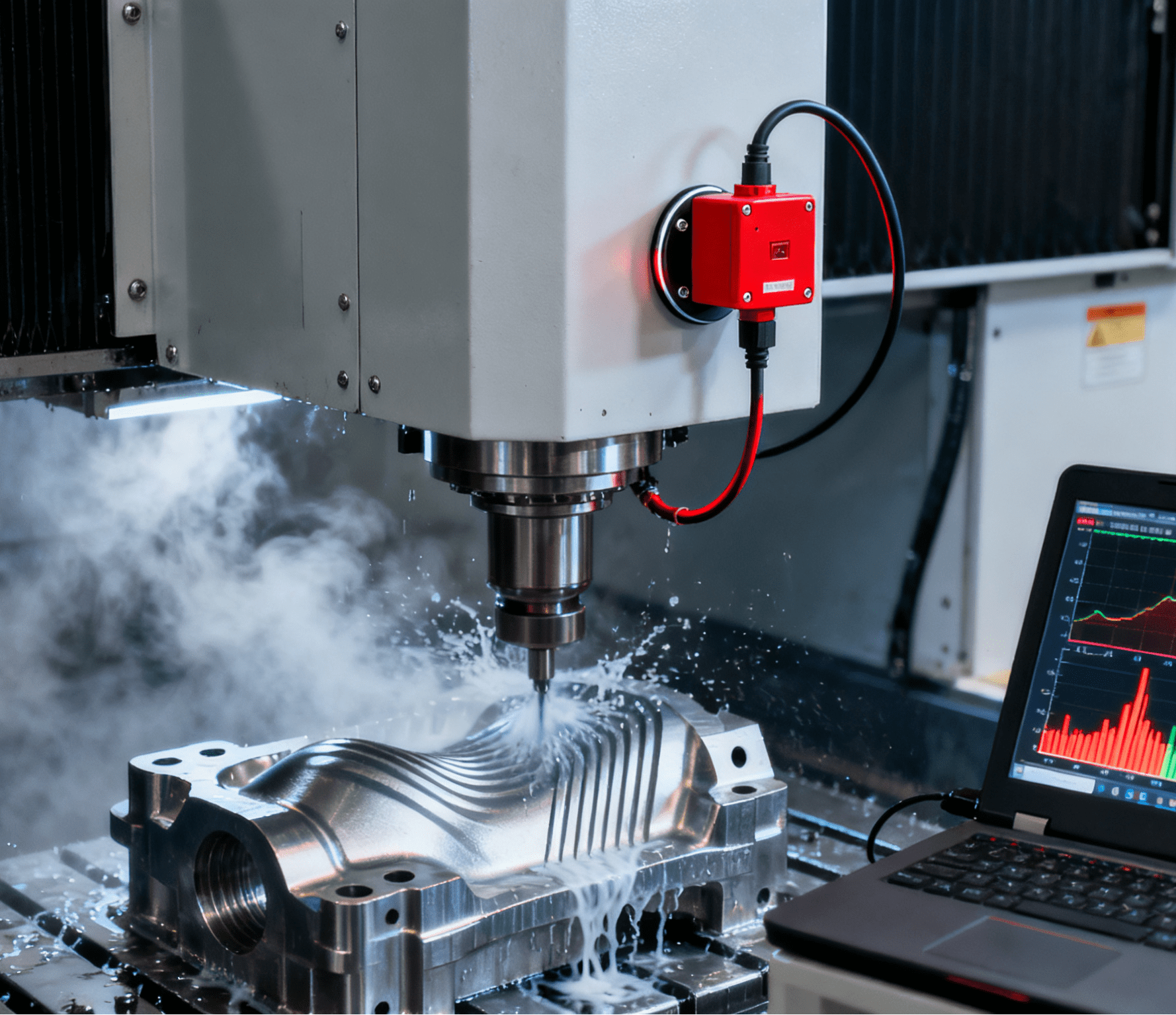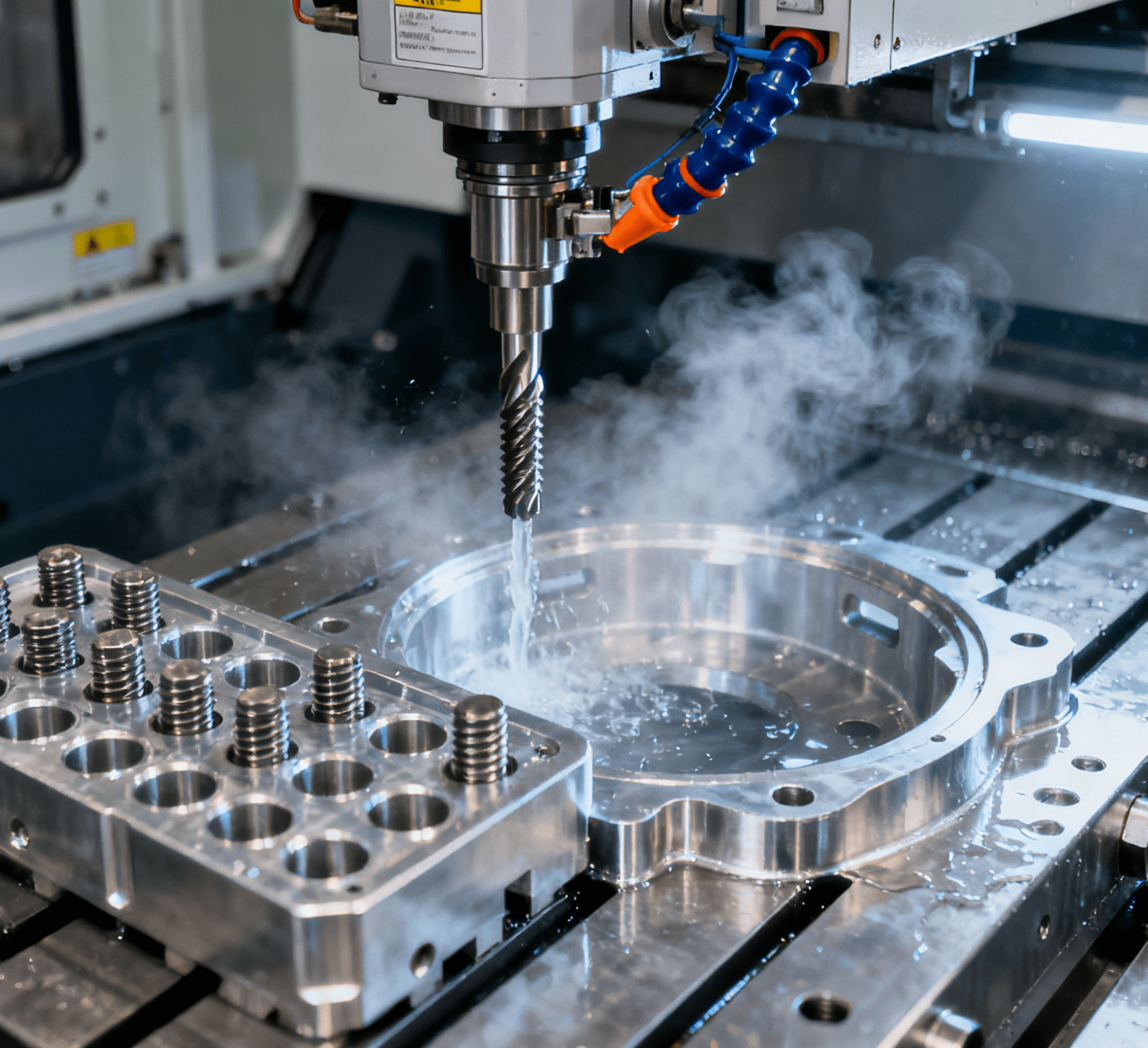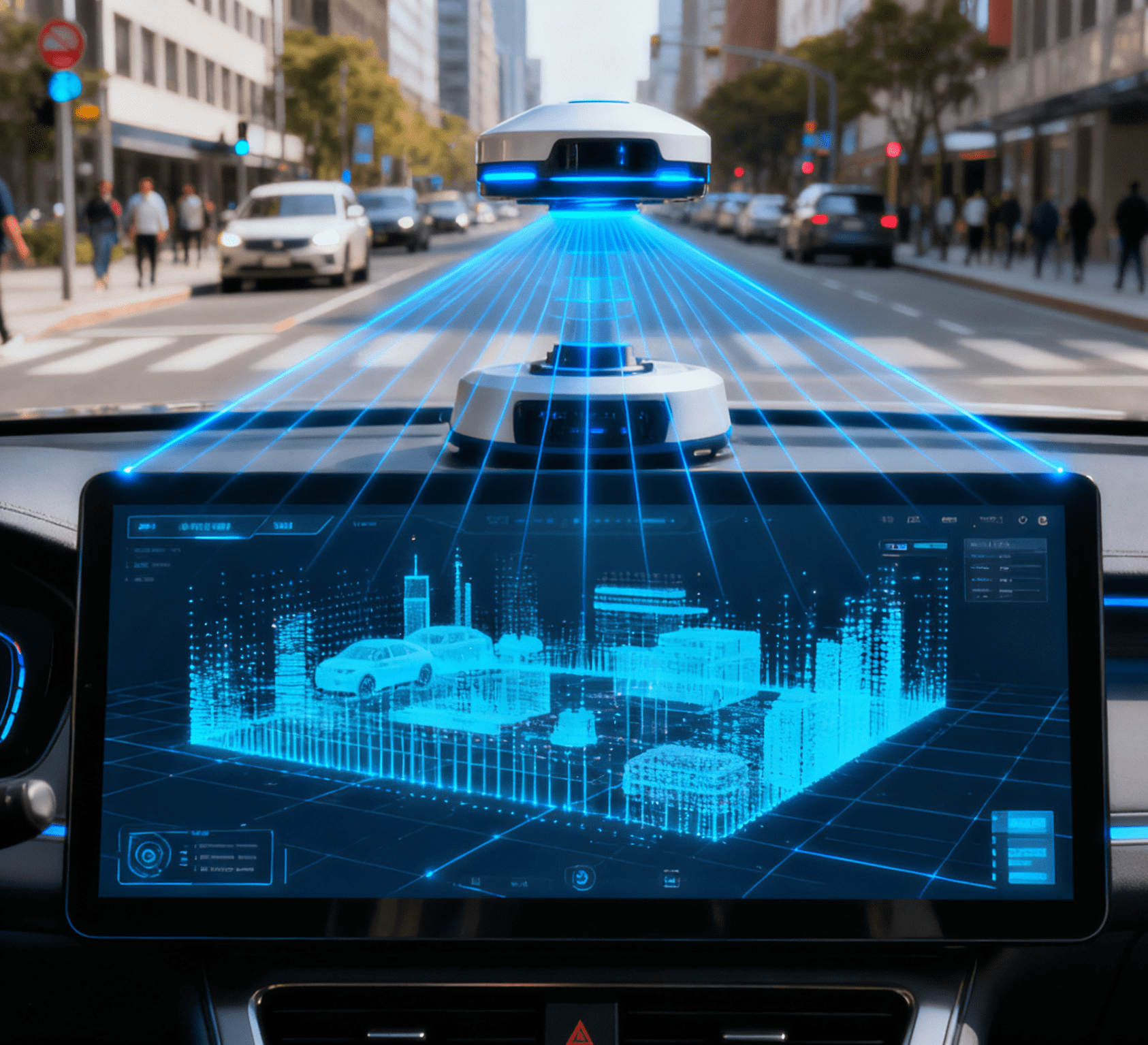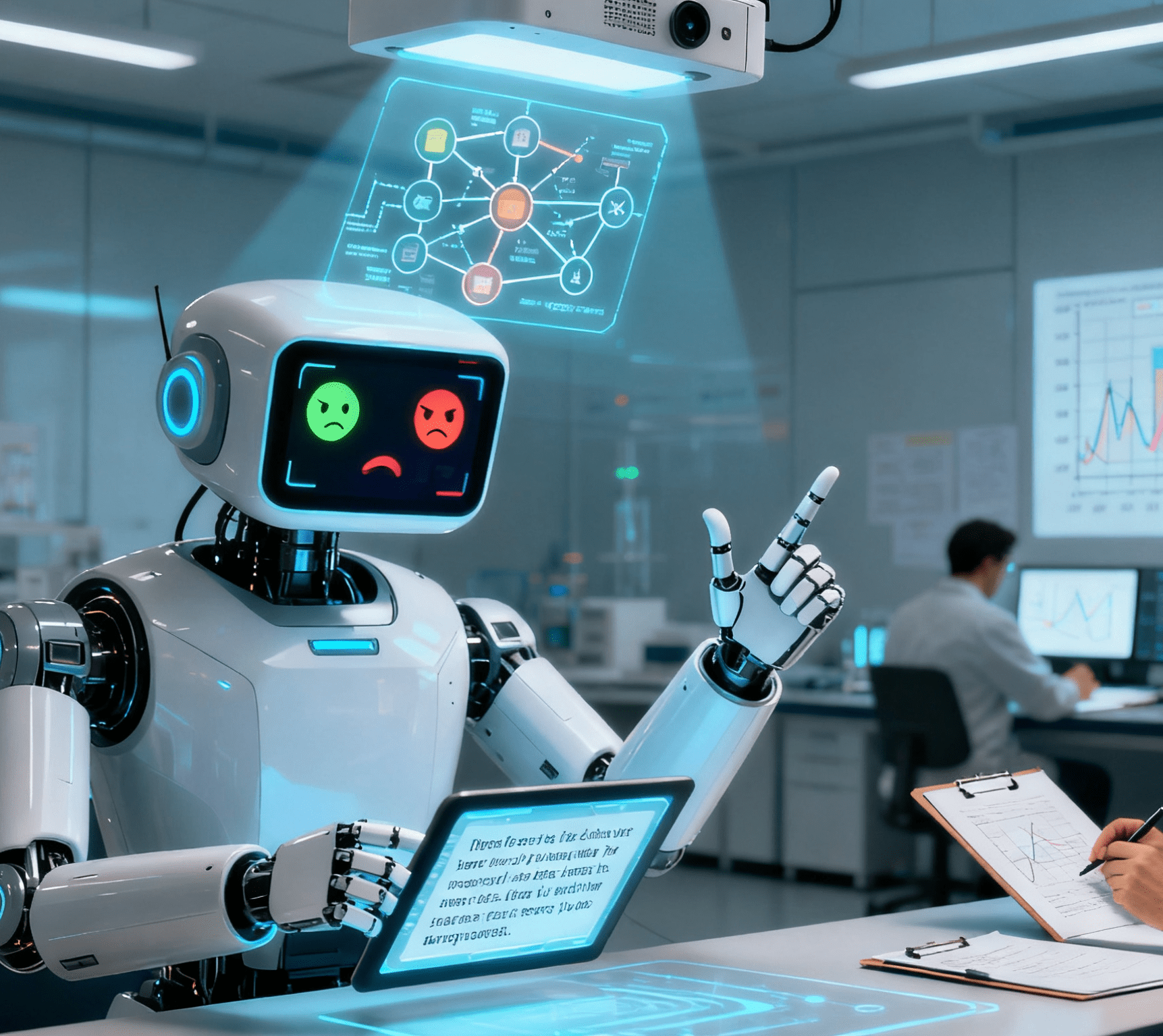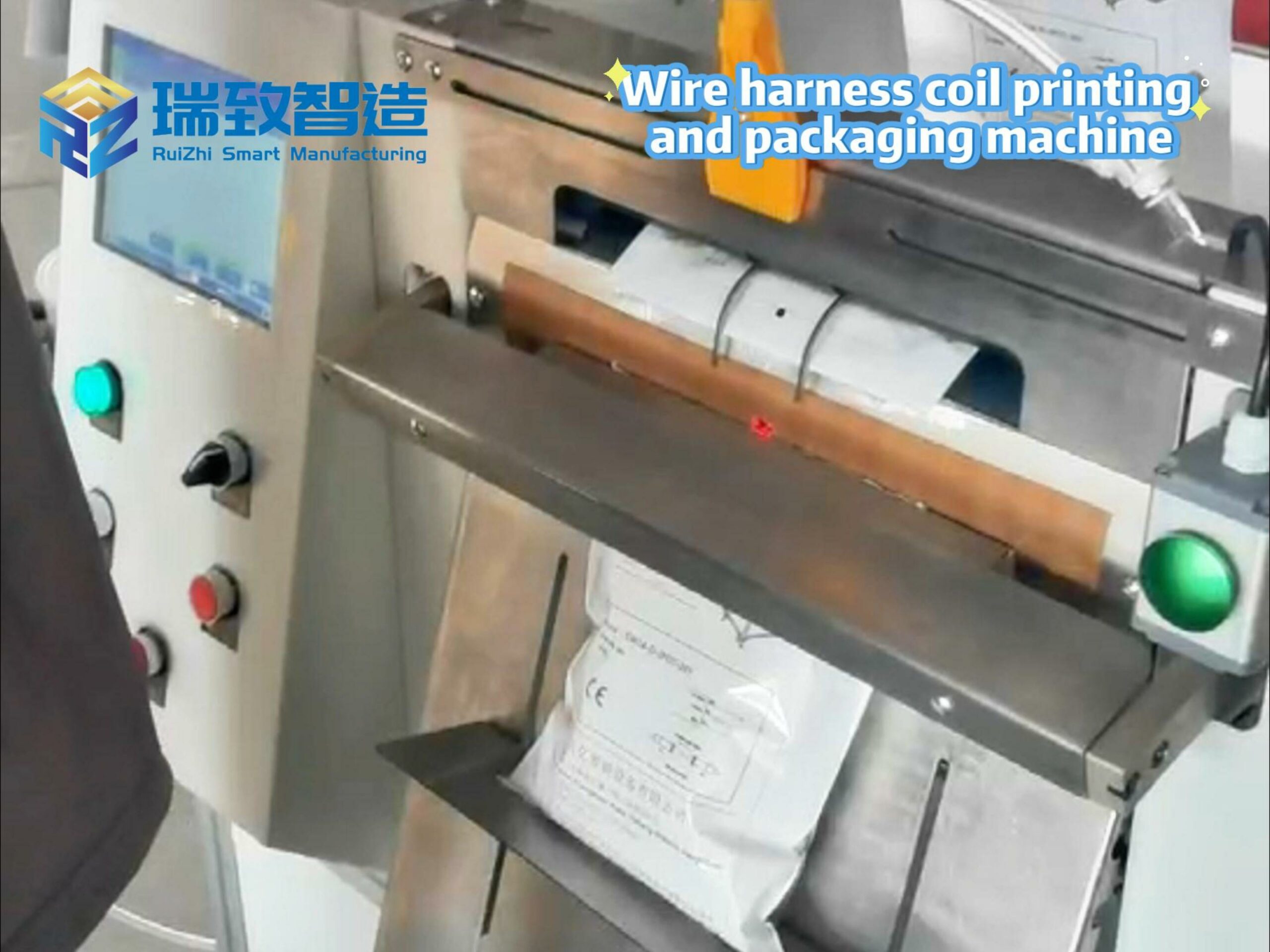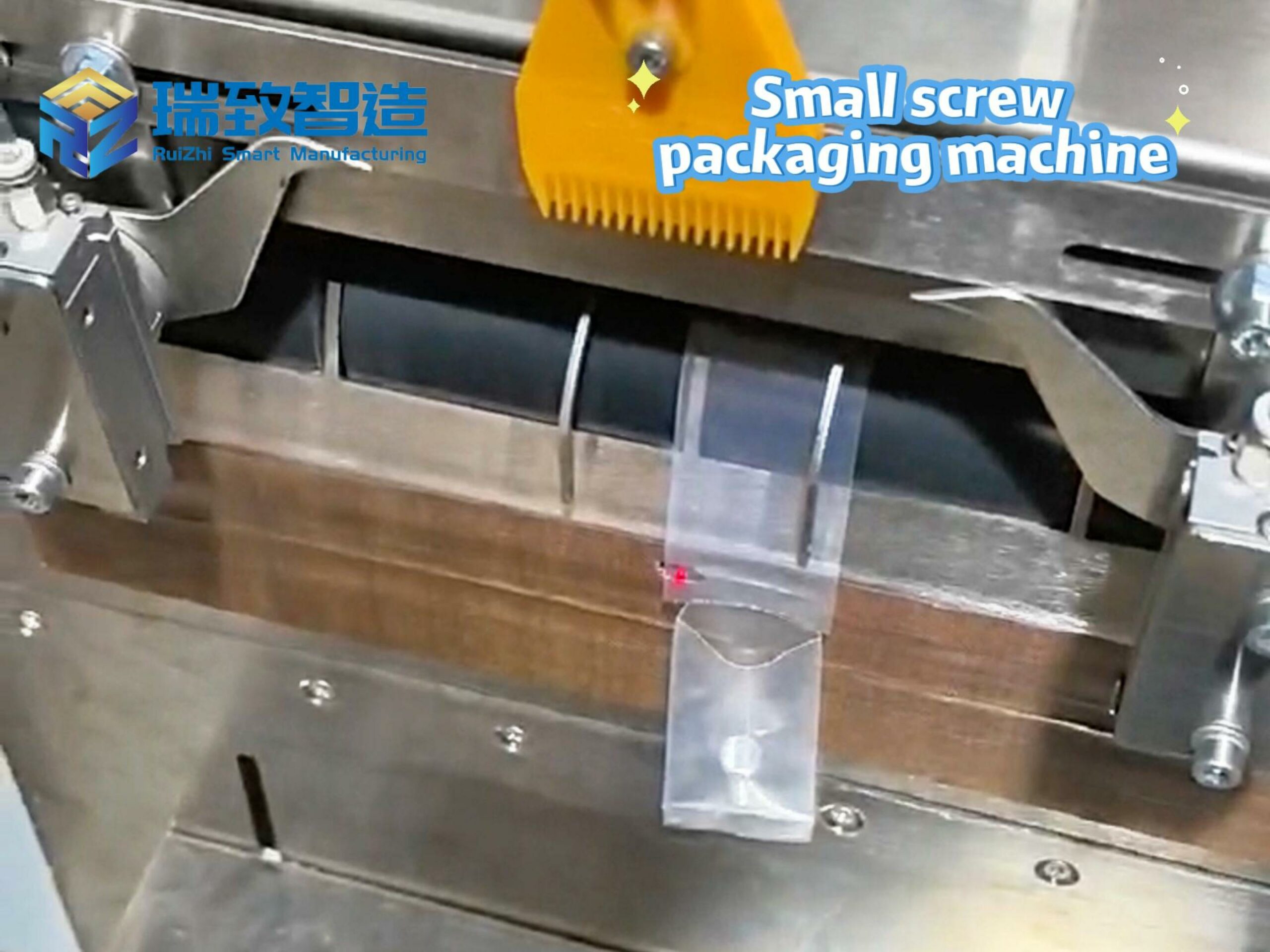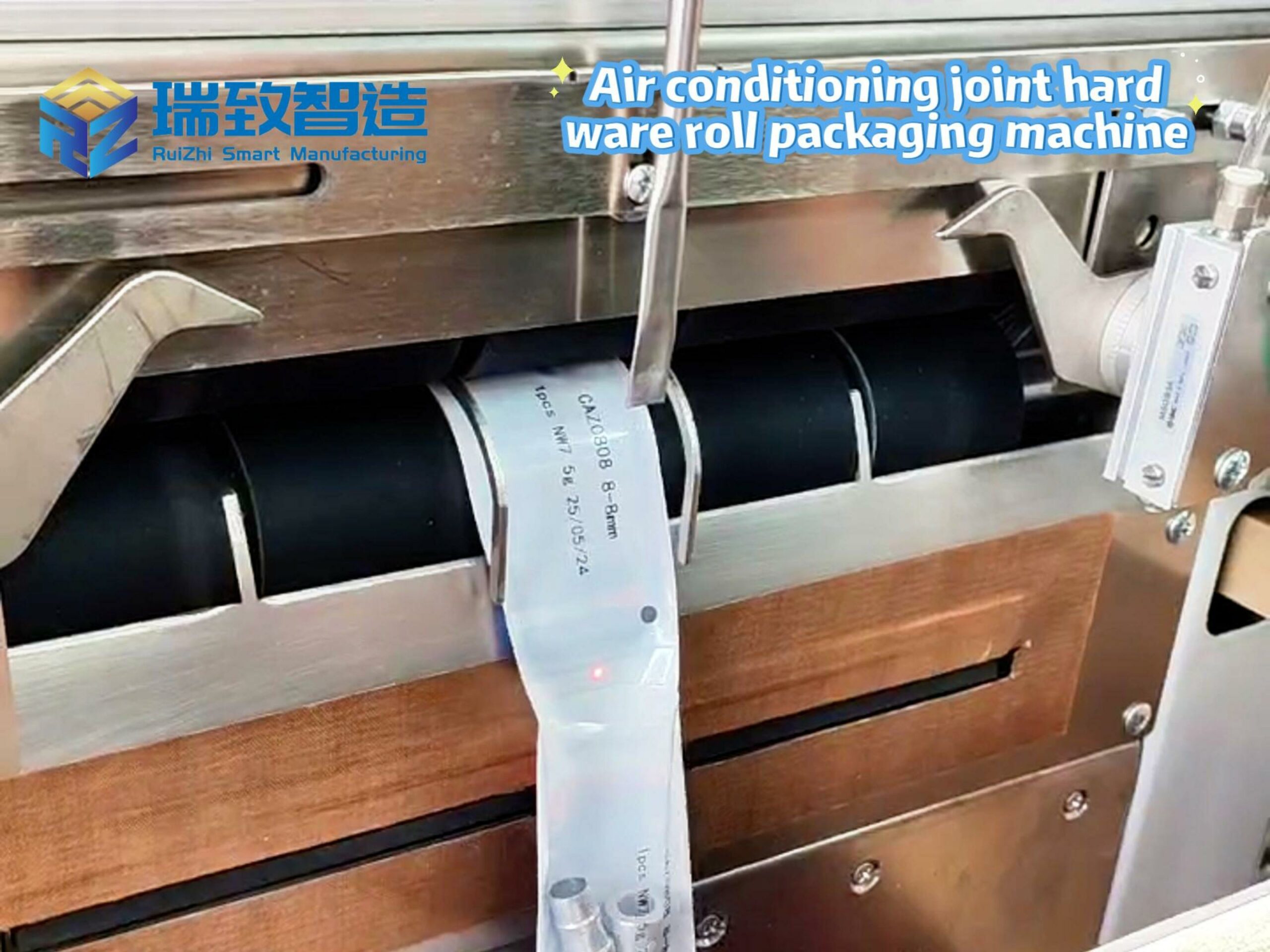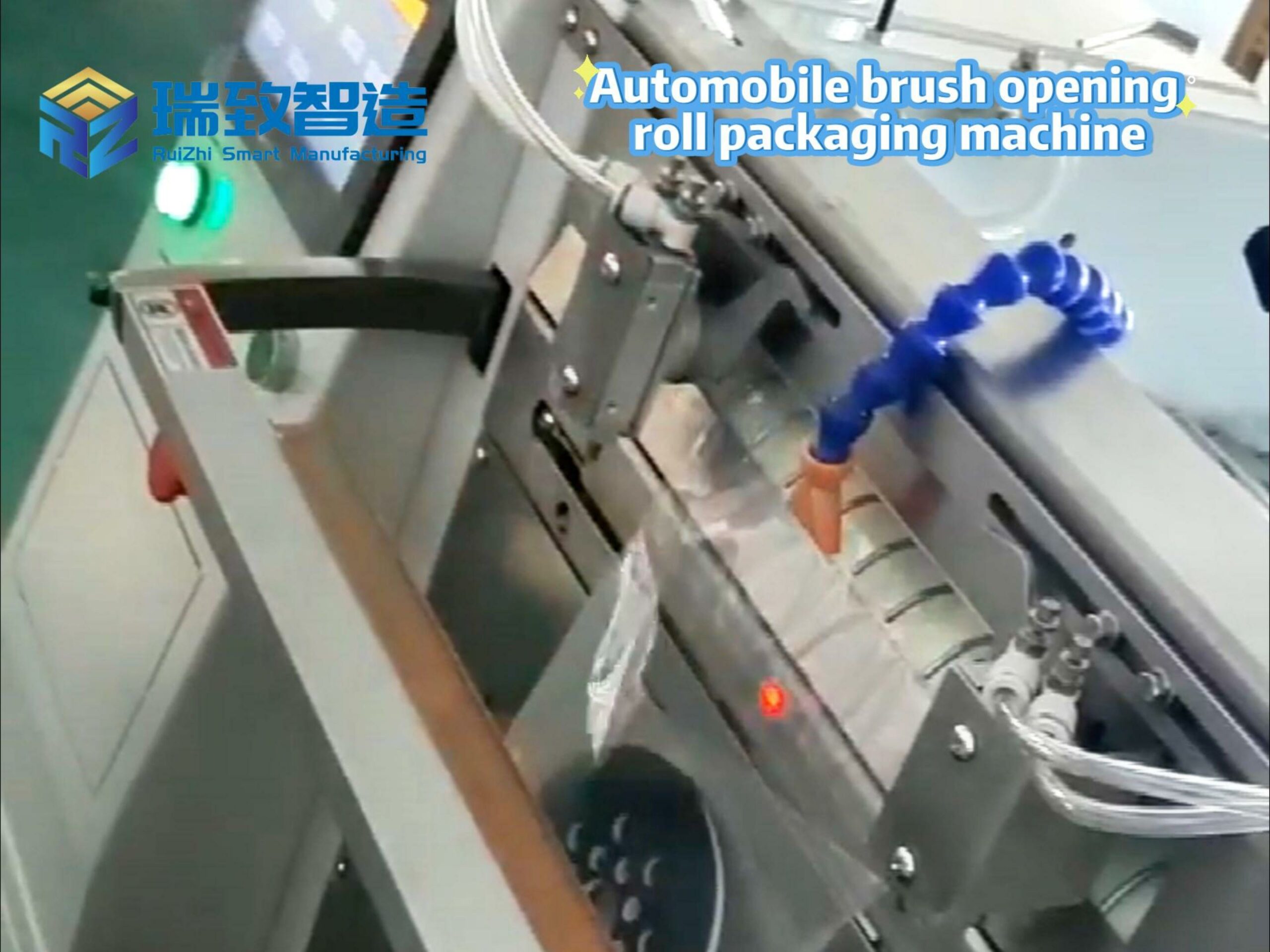
Brain-computer interface (BCI) establishes an information channel between the brain and machines to realize the collaborative interaction between biological intelligence and machine intelligence. It is a cutting-edge technology integrating life sciences and information sciences. By 2030, the innovation capability of the BCI industry will be significantly enhanced, a safe and reliable industrial system will be formed, an internationally competitive industrial ecology will be built, and the overall strength will rank among the world’s top.
Recently, seven departments including the Ministry of Industry and Information Technology, the National Development and Reform Commission, the Ministry of Education, the National Health Commission, the State-owned Assets Supervision and Administration Commission of the State Council, the Chinese Academy of Sciences, and the National Medical Products Administration jointly issued the “Implementation Opinions on Promoting the Innovative Development of the Brain-Computer Interface Industry” (hereinafter referred to as the “Opinions”).
The “Opinions” propose that by 2027, China will make breakthroughs in key BCI technologies and initially establish advanced technological, industrial, and standard systems. BCI products will be increasingly applied, the industrial scale will continue to expand, 2 to 3 industrial development clusters will be built, and a number of new scenarios, models, and business forms will be developed. By 2030, the innovation capability of the BCI industry will be significantly improved, a safe and reliable industrial system will be formed, an internationally competitive industrial ecology will be built, and the overall strength will be among the world’s leading ranks.
Focusing on the development goals, the “Opinions” deploy 5 key tasks including strengthening basic software and hardware research, creating high-performance products, promoting the application of technological achievements, expanding innovation entities, and enhancing industrial support capabilities, as well as 3 key projects namely the core software and hardware foundation project, the high-quality complete machine project, and the application expansion project, which are refined into 17 specific measures to promote the high-quality development of the BCI industry.
Implementation Opinions on Promoting the Innovative Development of the Brain-Computer Interface Industry
Competent departments of industry and information technology, development and reform, education, health, state-owned assets, and drug supervision in all provinces, autonomous regions, municipalities directly under the Central Government, cities with separate state planning, and the Xinjiang Production and Construction Corps; all units affiliated to the Chinese Academy of Sciences; relevant central enterprises; and all relevant units:
Brain-computer interface establishes an information channel between the brain and machines to realize the collaborative interaction between biological intelligence and machine intelligence, and is a frontier technology in the integrated development of life sciences and information sciences. Currently, innovative achievements in BCI continue to emerge, the industry is accelerating its growth, and disruptive breakthroughs are brewing, making it an important field where technological innovation and industrial innovation are deeply integrated. To seize the opportunities of the new round of scientific and technological revolution and industrial transformation, promote the high-quality development of the BCI industry, accelerate the formation of new productive forces, empower new industrialization at a high level, and strongly support the construction of a modern industrial system, these implementation opinions are formulated.
General Ideas
Guided by Xi Jinping Thought on Socialism with Chinese Characteristics for a New Era, we will thoroughly implement the spirits of the 20th National Congress of the Communist Party of China and the Second and Third Plenary Sessions of the 20th Central Committee. Based on the new development stage, implement the new development concept, promote the construction of a new development pattern, coordinate development and security, take improving the innovation capability of the BCI industry as the main direction, drive by the coordinated development of life sciences and information sciences, take exploring application scenarios as the traction, and take creating high-performance complete machine products as the starting point. We will strengthen forward-looking planning and policy guidance to accelerate the cultivation of new tracks in the future industry.
By 2027, breakthroughs will be made in key BCI technologies, and advanced technological, industrial, and standard systems will be initially established. The performance of electrodes, chips, and complete machine products will reach the international advanced level, and BCI products will be increasingly applied in industrial manufacturing, medical and health care, and consumer life. The industrial scale will continue to expand, 2 to 3 industrial development clusters will be built, and a number of new scenarios, models, and business forms will be developed.
By 2030, the innovation capability of the BCI industry will be significantly improved, a safe and reliable industrial system will be formed, 2 to 3 globally influential leading enterprises and a number of specialized, sophisticated, distinctive, and novel small and medium-sized enterprises will be cultivated, an internationally competitive industrial ecology will be built, and the overall strength will be among the world’s top.
Strengthening Basic Software and Hardware Research
(1) Innovate brain signal sensing components. Develop implantable electrodes for different regions such as epidural, subdural, and intracortical areas, explore cerebrovascular interventional electrodes, strengthen the stability and reliability of materials, develop special preparation and packaging processes, and improve the number of electrode channels, biocompatibility, spatial resolution, and signal-to-noise ratio. Accelerate the research and development of high-availability and adaptively adjustable non-implantable electrodes, develop new electrode materials with low impedance and thin dielectric, and improve the convenience, comfort, and usability of electrodes. Innovate new brain signal sensors based on light, electricity, magnetism, ultrasound, and chemistry, break through the limitations of single-modal signals, and improve the ability to perceive brain signals.
(2) Breakthrough key brain-computer chips. Develop high-channel and high-rate brain signal acquisition chips, strengthen analog-to-digital conversion, channel management, and noise suppression, and enhance the ability to acquire and amplify brain signals. Research and develop high-performance, ultra-low-power brain signal processing chips, strengthen parallel processing capabilities, and promote the integrated integration of functions such as perception, computing, and regulation. Research and develop ultra-low-power, high-rate, and high-reliability communication chips to improve brain signal transmission and anti-interference capabilities.
(3) Consolidate the software tool base. Improve brain signal encoding and decoding software, reduce the cognitive load in the encoding process, apply artificial intelligence technology to strengthen decoding capabilities and task iterative optimization capabilities, and improve encoding and decoding accuracy, response rate, and scene versatility. Develop dedicated control and interaction software to improve the accuracy of equipment control and neural regulation, and enhance multi-task collaborative processing capabilities. Build a dedicated operating system and a general software platform to realize multi-modal data integration, compatibility of encoding and decoding algorithms, and editable functions of interactive software, and optimize user experience.
Column 1: Core Hardware Foundation Project
Highly integrated components. Conduct research on high-integration electronic packaging technology, reduce the power consumption and noise of integrated chips, and create BCI chips integrating perception, computing, and regulation. Promote the integration of implantable electrodes and signal acquisition chips, develop high-density feedthrough devices, promote the integration of electrodes, chips, and power supply units, and meet the transmission requirements of ultra-flexible neural electrode channels. Develop on-chip BCI intelligent interaction devices and explore new schemes for hybrid intelligence and brain-like computing.
Paradigm encoding software. Accelerate the breakthrough of hybrid paradigm collaborative control technology, develop dedicated encoding software for paradigms such as perception, movement, language, and emotion, and improve the capabilities of psychological cognition, emotional analysis, and intervention therapy. Design new natural and non-inductive interaction methods, create user-friendly encoding software, and reduce the impact of external stimuli.
Neural decoding software. Conduct research on decoding algorithms based on artificial intelligence technology, break through technologies such as weak neural signal acquisition, EEG feature recognition, rapid decoding of brain-computer commands, fine motion decoding, and audio-visual decoding, and realize efficient and accurate recognition of brain intentions. Conduct research on transfer learning methods for neural decoding to reduce dependence on sample data and improve the cross-device, cross-subject, and cross-task capabilities of decoding software.
III. Creating High-Performance Products
(4) Accelerate the research and development of implantable devices. Explore new products integrating high-density neural recording sensors and ultra-low-power implantable chips, innovate brain intention recognition functions, and improve control accuracy and response speed. Improve mature products such as unidirectional and bidirectional deep brain stimulators, reactive electrical stimulators, and cochlear implants, enhance the accuracy of signal acquisition and function regulation, and strengthen the efficacy of neural stimulation.
(5) Promote mass production and iteration of non-implantable devices. Innovate product forms such as forehead stickers, ear stickers, in-ear, and hair clips, and promote the development of non-implantable products towards lightweight, high-rate, and low-power consumption. Develop integrated BCI products such as helmets, head displays, glasses, and earphones, and support the iterative application and large-scale promotion of non-implantable products through integration with existing consumer products.
(6) Develop auxiliary equipment. Research and develop auxiliary physiological signal equipment, and improve the accuracy of interactive control and sensory evaluation through the fusion of brain signals with multi-modal signals such as electromyography, electrooculography, electrocardiography, and near-infrared. Develop high-precision surgical robots for implanted BCI, break through submicron-level precision control and dynamic adjustment technologies, and improve the capabilities of regional precise real-time imaging and three-dimensional reconstruction.
Column 2: High-Quality Complete Machine Project
Perception and evaluation products. Develop portable and wearable perception acquisition devices and evaluation systems, integrate and process multi-modal signals such as electromyography, electrooculography, and electrocardiography, analyze and visually feed back data in real-time, realize efficient perception and evaluation of drowsiness, inattention, slow response, abnormal posture, etc., and help users make improvement feedback and regulation.
Emotion detection products. Develop an emotion state detection system based on EEG, support emotion evaluation tasks of multi-modal information such as images, audio, and video, use artificial intelligence algorithms to improve the accuracy of emotion classification, realize real-time detection and evaluation of emotions, and improve the closed-loop emotion regulation function.
Control and interaction products. Research and develop products such as brain-controlled robots, brain-controlled computers, and brain-controlled home appliances, strengthen control accuracy, response speed, and interaction friendliness, and realize the ability to cope with complex tasks. Develop exoskeleton products based on EEG signal feedback, and strengthen the intuitiveness and accuracy of control methods.
Security identification products. Develop security identification systems integrating physiological characteristic signals such as EEG, break through wearable device identity recognition technology, explore the application of brain-computer identity verification technology in scenarios such as security authentication and payment transactions, and improve security and privacy protection levels.
Neural regulation products. Continuously improve adaptive neural regulation products with electromagnetic stimulation, prospectively deploy products based on neural feedback regulation methods such as light and ultrasound, realize the treatment of neurological and psychiatric diseases, and explore applications in emotion regulation, health care, and cognitive enhancement.
Perception reconstruction products. Develop multi-channel auditory and visual cortex neural information detection and stimulation systems to realize auditory and visual reconstruction and enhancement.
Promoting the Application of Technological Achievements
(7) Promote industrial innovation achievements. Organize key tasks to be announced and led by capable units, support advantageous units to host high-level competitions and exhibitions, and fully explore innovative achievements. Regularly select typical cases with advanced technologies, remarkable results, and replicable promotion to play a leading and driving role, and promote the formation of large-scale benefits in BCI applications. Organize industrial supply and demand docking activities, build industry empowerment docking platforms, break through industry application barriers, and accelerate the implementation of innovative achievements.
(8) Improve detection and pilot test capabilities. Support the development of testing and evaluation institutions, establish product testing specifications, develop special instruments for brain signal inspection and testing, improve evaluation supporting tools, build a test environment for BCI devices and systems, strengthen the construction of test and verification platforms, and improve product application detection capabilities. Layout and build product pilot test platforms, accelerate the research and development and industrial application of new products, enhance signal acquisition, processing, and algorithm verification capabilities, improve product interoperability and usability, and improve product quality.
Column 3: Application Expansion Project
Explore industrial manufacturing applications. Guide the application in key industrial links such as R&D and design, production and manufacturing, operation and maintenance management, build an industrial metaverse integrating life and machinery, and innovate industrial equipment and robot control schemes relying on BCI. Promote the first trial application in key industries such as dangerous goods, nuclear energy, mining, and electric power, build industrial safety management platforms, early warn of events such as hypoxia, poisoning, and fainting, and ensure production and personnel safety. Meet the needs of special industrial scenarios such as deep sea, deep space, plateau, and alpine regions, reduce the threshold of equipment operation, establish “one-to-many” and “many-to-many” human-computer interaction modes, and improve the operation efficiency in complex scenarios.
Accelerate medical and health applications. For clinical diagnosis and treatment scenarios such as neurodegenerative diseases and mental diseases, explore pathological and physiological mechanisms, innovate neural regulation technologies, and effectively improve disease diagnosis and treatment effects. For the rehabilitation needs of patients with limb movement, language, and sensory defects, create new schemes such as movement assistance, communication assistance, and sensory recovery to improve the quality of patient rehabilitation. For scenarios such as brain disease prevention and health management, real-time monitor and analyze brain activity characteristics through BCI products to prevent potential health problems and reduce the risk of severe illness in patients.
Explore life and consumption applications. Focus on new digital consumption scenarios, strengthen capabilities such as remote control, virtual perception, and immersive interaction. Focus on traffic safety needs, use BCI to monitor the physiological state of drivers, and promptly remind of abnormal states such as drowsiness, inattention, and slow response to reduce the probability of traffic accidents. Focus on the needs of sports training and brain intelligence cultivation scenarios, optimize multi-sign physical health monitoring and management schemes, and build personalized competition and training systems relying on the brain neural efficiency evaluation system to improve training effects and competitive levels.
Expanding Innovation Entities
(9) Cultivate advantageous enterprises. Develop and strengthen leading enterprises in the BCI field, support the establishment of industrial innovation consortia, and take the lead in undertaking national major science and technology projects. Promote the innovation supply of small and medium-sized BCI enterprises, accelerate the cultivation of technology and innovative small and medium-sized enterprises, high-tech enterprises, specialized, sophisticated, distinctive, and novel small and medium-sized enterprises, “little giant” enterprises, manufacturing single champion enterprises, as well as gazelle enterprises and unicorn enterprises, implement the startup enterprise cultivation project, and improve the enterprise gradient cultivation system. Promote the integrated innovation of large, medium, and small enterprises, encourage leading enterprises to open algorithm frameworks, public data, and common technologies, and create a good environment for the common growth of enterprises.
(10) Improve innovation carriers. Support the construction of national manufacturing innovation centers, national technology innovation centers, national emerging industry innovation centers, national industrial technology engineering centers, key national laboratories, and national clinical medical research centers, gather the advantageous forces of industry, university, research, and other sectors, and improve the supply capacity of key common technologies for BCI. Relying on industrial alliances, industry associations, and other organizations, promote BCI technology exchanges, supply and demand docking, and international cooperation, and deepen the integration of innovation chains, industrial chains, capital chains, and talent chains. Build open-source communities, strengthen support for key open-source projects, and gather global developers for collaborative innovation.
(11) Promote industrial agglomeration. Guide innovation elements to gather in areas with good foundations and great potential, build incubators and industrial parks at different levels and types based on local characteristics and industrial advantages, create advantageous agglomeration areas with strong innovation capabilities and good application scenarios, and promote the agglomeration development of upstream and downstream of the industrial chain. Promote cooperation between BCI enterprises and those in the fields of artificial intelligence, new materials, and robots, carry out joint research on technology application, and build an innovative environment for cross-field collaboration.
Enhancing Industrial Support Capabilities
(12) Strengthen standard leadership. Establish a BCI technical standard system and layout a standardization development roadmap. All departments shall formulate technical standards, product standards, service standards, and testing standards according to their responsibilities, and accelerate the development of key standards in combination with industrial development needs. In-depth carry out standard publicity and promotion to promote the implementation of standards. Actively participate in the formulation of international standards and vigorously promote the “going out” of Chinese standards.
(13) Improve safety guarantees. Continuously promote ethical research, establish and improve a governance system with departmental coordination and social participation, and promote the coordinated development of technological innovation and scientific ethics. Establish a data governance framework, standardize the collection, storage, and use of user information, prevent brain privacy leakage, and improve the security protection capability of biological digital information.
(14) Optimize talent training. Strengthen the training of talents in related disciplines and majors, and lay out the construction of characteristic colleges such as future technology colleges and modern industrial colleges. Encourage enterprises to cooperate with universities, research institutes, medical institutions, etc., to jointly train interdisciplinary compound engineering talents and enhance the supply of high-level talents. Build excellent engineer practice bases, strengthen vocational education and technical training, and vigorously cultivate industry-applied and skilled talents. Strengthen the exchange and introduction of overseas talents, improve the talent service system, and ensure that talents can be attracted and retained.
VII. Safeguard Measures
(15) Strengthen overall coordination. Under the leadership of the Central Science and Technology Commission, strengthen inter-departmental coordination, and promote technological research, industrial development, industry application, safety governance, and other work in a coordinated manner. Deepen collaboration between central and local governments, optimize industrial layout, encourage local governments to formulate targeted and operable policies in light of actual conditions, and promote technological innovation and industrial development according to local conditions.
(16) Strengthen policy support. Strengthen BCI technology research and application demonstration, promote the layout and implementation of a number of major projects, and strengthen collaborative research capabilities. Promote the National Manufacturing Transformation and Upgrading Fund, the National Small and Medium-sized Enterprise Development Fund, etc., to increase investment, implement the “technology-industry-finance integration” special project, give play to the role of the national industry-finance cooperation platform, and drive more capital investment. Strengthen registration guidance for key products such as implantable BCI medical devices and give priority support. Make good use of the first set (set) and first batch of insurance compensation policies to accelerate industrialization.
(17) Deepen international cooperation. Gather domestic and foreign innovative resources, strengthen technology research and development and industrial exchanges, encourage foreign enterprises and institutions to set up R&D centers and manufacturing bases in China, and accelerate the international development of the industry. Support the development of overseas markets, promote excellent products and solutions, and create an international industrial development model. Support Chinese enterprises and institutions to participate in international conferences and actively contribute Chinese products, Chinese solutions, and Chinese wisdom.
What are the advantages of China’s automatic assembly lines for vanity mirrors?
Please introduce the market prospects of China’s automatic assembly lines for vanity mirrors

